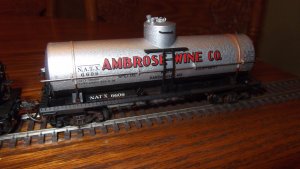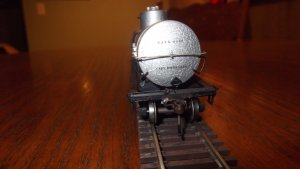Chevron_GATX
Member
Dulling spray is an industry-standard removable spray used in film and TV production to reduce reflections. Has anyone used it in a modeling application? I want to dull certain scenery items, but I may also want the option to change my mind and "un-dull" it. I've read that Testors' Dull-Cote clear flat lacquer is a popular product for modeling applications, but does a removable dulling spray have its place in the modeling world as well?
Last edited by a moderator:



